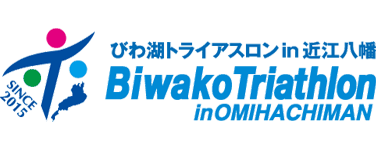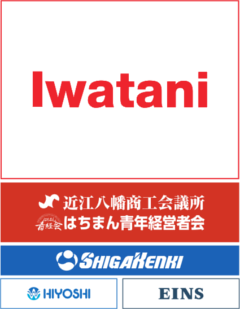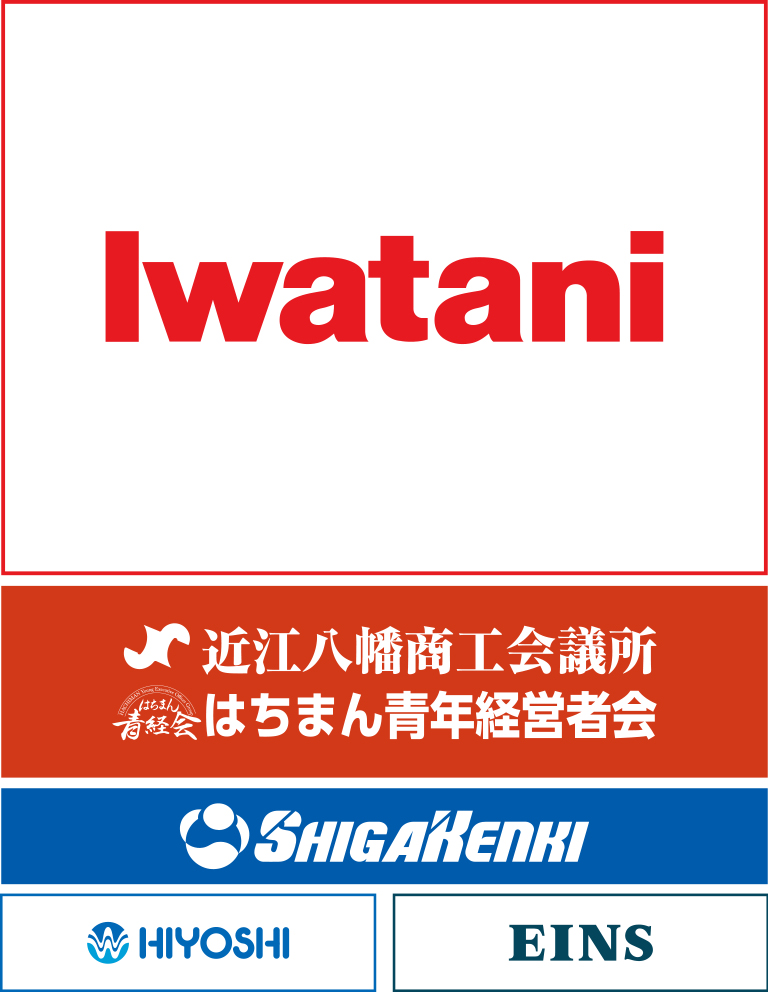For an updated list of the ASX 200 index, you can visit the Market Index website and sort the index according to “mkt cap” — i.e. market capitalisation. Market capitalisation equals share price multiplied by the number of shares on issue (share price x number of shares). Apart from the ASX 200, the ASX has indices that cover the top 20, 50, 100, 300 and 500 companies by market cap. However, a company’s stability or long-term share value isn’t guaranteed by its inclusion in the ASX 200. Global markets rise and fall based on speculation as much as the underlying fundamentals. Behind every blog post lies the combined experience of the people working at TIOmarkets.
How to invest in the ASX 200?
- In June 2021 the index had a trailing P/E ratio of 65.72 and a dividend yield of 2.8%.
- Every stock market has a benchmark indice used to measure the performance of the entire market and the ASX 200 serves that purpose for the Australian bourse.
- These criteria ensure that the index represents a broad range of sectors and adequately reflects the performance of the Australian stock market.
- The ASX 200 tracks the share price movements of the 200 largest companies listed on the exchange according to their market capitalisation.
- It’s important to note that each index has its own methodology for selecting and weighting the constituent stocks.
The approximate market cap of ALL top 200 companies on the Australian stock market is 2.46 trillion as of July 2023. Float-adjusted means only ordinary shares are included in the market cap calculation, the most common type of security issued to shareholders. In April, following legislation passed by the Australian Parliament, all state exchanges came together as one exchange. This was six months before the US stock market Black Monday crash of October 1987.
How do I invest in ETFs?
Only ASX companies that are both large and liquid enough can become part of the index. In this context, liquidity refers to how easily investors can buy or sell a company’s shares on the Australian stock exchange. It’s measured by how regularly these shares are traded and their trading volume. The ASX 200, also known as the S&P/ASX 200 index, is Australia’s benchmark stock market index. It represents the top 200 companies listed on the Australian Securities Exchange (ASX) based on their market capitalization.
The ASX 200 index is frequently rebalanced to ensure proper market capitalisation and liquidity. No information should be considered trade99 review financial advice or used to make an investment decision. The Financials industry forms the majority of S&P/ASX 200 index with 28.30% weight. The smallest industry by market capitalisation in S&P/ASX 200 index is Utilities with 1.86% weight.
The second-largest company on the ASX is the leading bank in the Financials sector. The Commonwealth Bank is one of the country’s most recognisable and trusted brands. In addition to retail, commercial, and institutional banking, CBA now provides a diverse range of financial services, including superannuation, insurance, and broking services. BHP is a diversified mining company with a portfolio of mining assets worldwide.
The S&P/ASX 200 will increase if enough companies in the index see their share prices rise, and fall when the shares of these companies are sold down. The ASX 200 puts the ‘market’ in context, because it represents just 10% of publicly-listed companies that collectively account for 80% of the Australian market’s value. Australian stocks have returned around 10% over long periods (taking dividends into account) — making investing in the ASX 200 potentially worthwhile if you plan to invest for years. Index funds or ETFs tracking the ASX 200 offer diversification across 200 holdings with one trade. For instance, whether you’d be better off allocating more of your portfolio to US shares.
About The Motley Fool Australia
Companies that no longer meet the inclusion criteria may be removed, while new companies meeting the criteria can be added. In the market capitalization weighted method, the weight of each company in the ASX 200 is determined by its market value. Companies with higher market capitalization have a larger impact on the index’s movement compared to companies with lower market capitalization.
An account with your email already exists.
Stock market indexes are designed to measure the performance of specific segments of the stock market. Exchange Traded Funds (ETFs) are the easiest way to invest in a share market index like the S&P/ASX 200 index. ETFs invest into a market ‘index’, which is cheaper and less risky than picking individual shares because of the diversification (spreading your money across lots of assets) they give you. Given stocks in the ASX 200 account for the largest 200 companies and over three quarters of trading, of course it is useful as a measure of how the market is going. However, it is not a useful measure of how your stock might go on the day, especially if it is not a constituent of the indice. Whether or not it is a useful measure for how the Australian economy is going is up for debate – one that we would rather not give an opinion on here, except to note that there are other economic measures too such as GDP.
Stocks that have low free floats (i.e., they are thinly traded) are hard to trade and not considered appropriate for inclusion in benchmark indices at their total market capitalization. Only stocks that are regularly traded are eligible for inclusion, to ensure that the index is liquid. The index publisher, S&P Dow Jones, thus describes the S&P/ASX 200 as being the preeminent Australian benchmark because it is representative, liquid and tradable. The S&P/ASX 200 is the leading stock index in the Australian market and is often used as a benchmark against which the performance of individual shares or funds is compared to. The index is designed to track the performance of the 200 largest eligible stocks listed on the Australian stock exchange measured by their float-adjusted market capitalization.
Here’s one with the Chair of Digital Rights Watch, Lizzie O’Shea, discussing the big problems the trade barriers pose for the tech sector, and the tensions between the business world and the Trump administration. The S&P 500 is currently 13% below its peak and is trading on a price-to-earnings multiple of 19-times. The mining sector was the standout, up 2.1%, while listed property trusts gained 1.8%. Yields on 10-year treasuries rose back above 4.5% again this afternoon, and the US dollar continues to slide against most currencies, including the Australian dollar which is back above 63 US cents.
Ready to trade your edge?
- While ETFs can be leveraged too, traders will usually have less flexibility than trading CFDs.
- 1 Indicative values based on smallest entrant for inclusion prior to December 2024, and March 2025 for the S&P/ASX series.
- The S&P/ASX series of indices is tailored to meet the ever-evolving needs of investors and companies on ASX’s market.
To be included in the ASX how to invest in buy & sell us stocks in the philippines 200, a company must meet certain criteria, including market capitalization, liquidity, and listing on the ASX. These criteria ensure that the index represents a broad range of sectors and adequately reflects the performance of the Australian stock market. The ASX 200 was established by the Australian Securities Exchange (ASX) as a means to track the performance of the top 200 companies listed on the exchange. It was first launched in 2000 and has since become one of the most widely followed indexes in Australia. The selection criteria for inclusion in the ASX 200 are based on factors such as market capitalization, liquidity, and sector representation, ensuring a diverse representation of the Australian stock market.
Basically, companies are ranked using their market capitalisation and the biggest 200 are included in the index. A market cap-weighted index reflects equity value rather than real-world value. The two might be closely aligned, or the share price might be inflated beyond what a company’s balance sheet would suggest its worth is (e.g., due to strong forecasts or investor demand). Market cap refers to a stock’s total market value, calculated by multiplying the number of shares by the trading price.
Shares in the ASX listed toll road developer and operator closed yesterday trading for $13.89. At time of writing in afternoon trade on Thursday, shares are changing hands for $13.94 apiece, up 0.4%. Investors are able to get exposure to the ASX 200, as well as other popular stock market indices, through something known as ETFs.
The 10 largest companies by market cap in the ASX 200 account for almost half of the weight (46.8%). That means the performance of major players has a bigger effect on the overall index performance. Indices like the ASX 200 can provide the basis for investment products such as ETFs, or a point of reference/comparison for actively managed products designed to replicate or exceed market gains.
If you are a new investor, the companies that comprise the ASX 200 are an excellent place to start investing. Many are recognisable brands, meaning that you probably already have a decent understanding of their products and services and the types of businesses they run. Investing in the index can also help achieve a diversified portfolio since it contains a broad trade the news pricing basket of liquid stocks, regularly traded and representing major Australian listed companies.








.jpeg)







